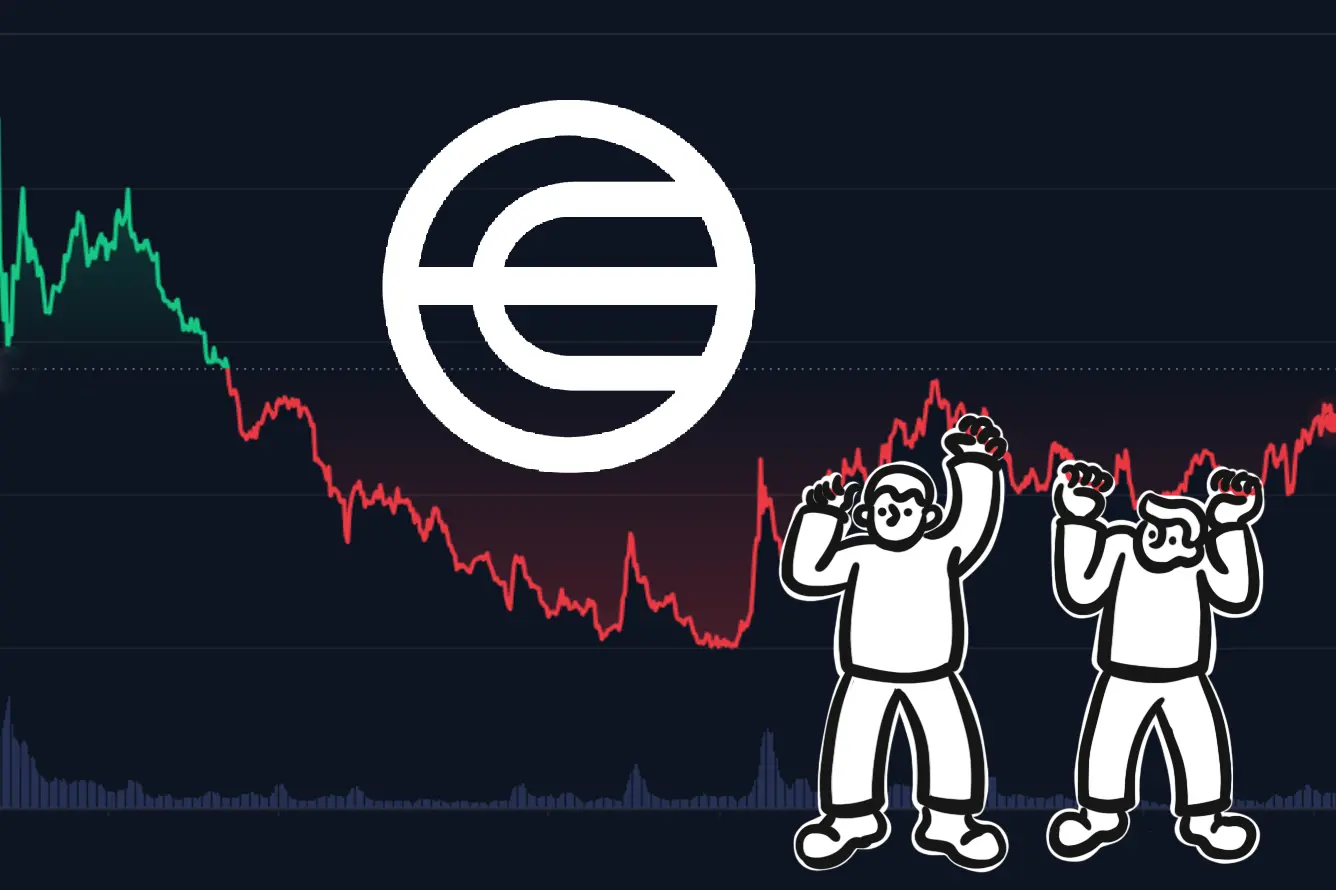
To offset what can only be described as fairly muted network activity so far, Worldcoin has decided to tweak its tokenomics. Last weekend, Sam Altman's global proof-of-identity crypto project announced both a reduction in the circulating WLD token supply, and that it would start paying its 'Orb' operators in its in-house WLD tokens, rather than the much-more-useful USDC that they have received until now.
Desperate times call for desperate measures, but is this strategy viable for a project with such high ambitions?
Market maker liquidity loans
To guarantee WLD liquidity on centralized exchanges at launch, Worldcoin established a contract with several market makers. These liquidity providers were given loans of 100 million WLD for a period of three months, corresponding to 1% of the maximum possible supply of 10 billion WLD tokens.
Three months in, however, and the bustling market for WLD has yet to materialize.
The project has coaxed almost 80,000 people to donate their biometrical data in exchange for tokens and a digital passport. But, as new sign-ups mostly come from non-crypto and non-tech backgrounds (collected as they are in supermarkets and shopping malls around the world), the vast majority simply sold the tokens at the first opportunity and didn't interact with the network after that.
With daily active wallets decreasing since August and a very slim transaction count during the first three months, the ambitious project has so far failed to make a functional market for its native currency.
Manufacturing supply (and demand?)
In an attempt to remedy these failings, Worldcoin has simply doubled down on the tactic that has not worked thus far. It has extended the agreements with the market makers for a further two months, although at a reduced amount of 75 million WLD. Market makers can either return 25% of their tokens or purchase the tokens that they wish to retain.
While this will initially reduce the circulating token supply by around 20%, Worldcoin will try to spur additional network growth in this two-month period.
As part of this strategy, Worldcoin has unilaterally decided that Orb operators, its national partners who manage the iris scanning hardware, will no longer be paid in USDC, and instead will start receiving their payments in the project's in-house WLD tokens.
While switching from a stablecoin to a currency whose price depends on the whims of the market is detrimental to the income stability of the operators, it may go some way to solving Worldcoin's troubles, at least in the short term.
As operators will regularly be receiving WLD tokens, the circulating supply will increase again. Furthermore, as they will have to exchange the tokens in order to do anything useful with their payments, network activity will also go up.
Aside from giving new users money for their biometric data, Worldcoin isn't either the financial or identity network it set out to be. It is only natural that a network takes time to become sustainable, but Sam Altman's project has one further critical shortcoming: it fails to add value to the lives of its users.
Guaranteeing liquidity by a non-organic means and putting its partners against the wall to induce its own growth are strategically desperate moves that don't necessarily increase the network's utility but rather force its use.

